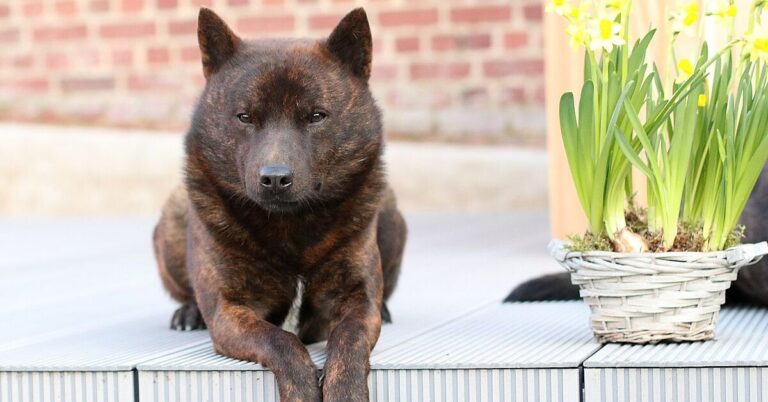10 Remarkable Traits That Make Tibetan Mastiffs Natural Protectors

Tibetan Mastiffs are much more than their striking appearance. With centuries of guarding instincts ingrained in them, these dogs stand as powerful protectors of their territory. Ready to meet the traits that make them the ultimate furry fortress? Let’s take a look!
Imposing Size
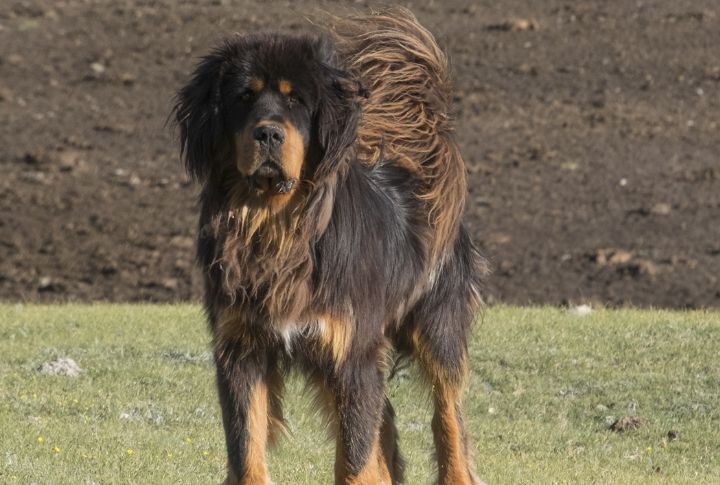
Regarding size, Tibetan Mastiffs tower over many dogs, with males often surpassing 150 pounds. Despite their imposing size, it’s their instinct to protect their home from predators that stand out. With a lion-like mane and powerful stance, even the bravest intruders might rethink crossing your threshold.
Inborn Threat Assessment Skills
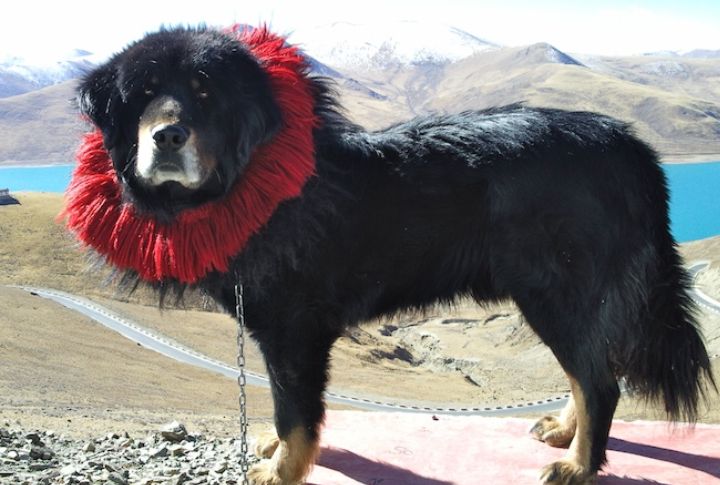
Centuries of solo mountain guarding made decision-making genetically a second nature. Unlike training-dependent breeds, this dog recognizes real threats fast. You won’t find them barking pointlessly. Instead, they sense risk and then respond. That makes them ideal for large properties with minimal human oversight.
Fierce Loyalty
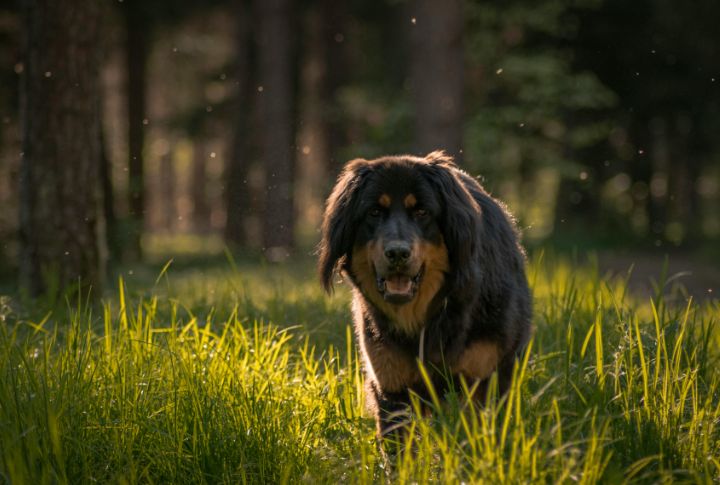
Don’t expect these dogs to listen to strangers. Tibetan Mastiffs form strong bonds with their family, making their protection feel personal. If raised with respect and structure, they’ll instinctively guard you. This fierce loyalty is not taught but just in their nature.
Territorial Precision
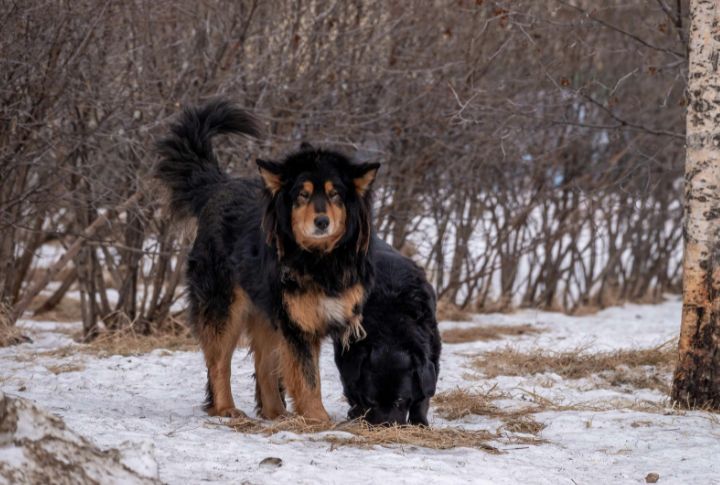
When a Tibetan Mastiff steps outside, it’s not to wander; it’s to patrol. Property lines become defined borders, and every sound is considered a potential threat. Their response is immediate. Guided by instinct and territorial awareness, they function more like sentries than pets when exploring the yard.
Composure During Disruption
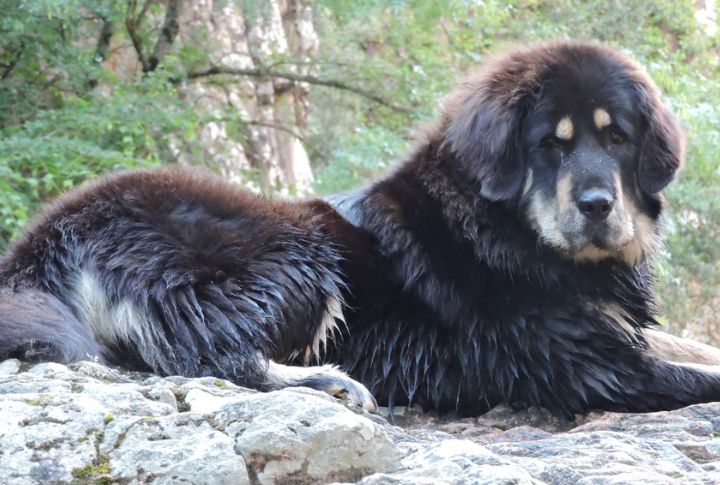
This breed doesn’t react to everyday commotion. Loud alarms might go off, or nearby dogs may stir, but they stay composed. The ability to ignore background noise helps them stay alert for real dangers. If they bark, something unusual is happening, and you should investigate.
Adaptation To Harsh Climates
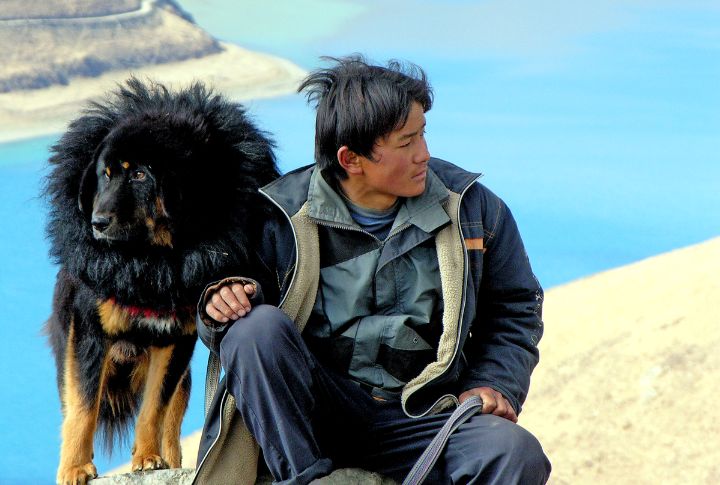
Guarding doesn’t stop when the weather turns. Initially developed in high-altitude climates, these dogs were tasked with guarding livestock in freezing, rugged terrain. Their dense double coat insulates against subzero temperatures, allowing them to stay alert and responsive outdoors. Even in snowstorms, they hold positions and monitor any unfamiliar movement.
Instinctive Stranger Detection
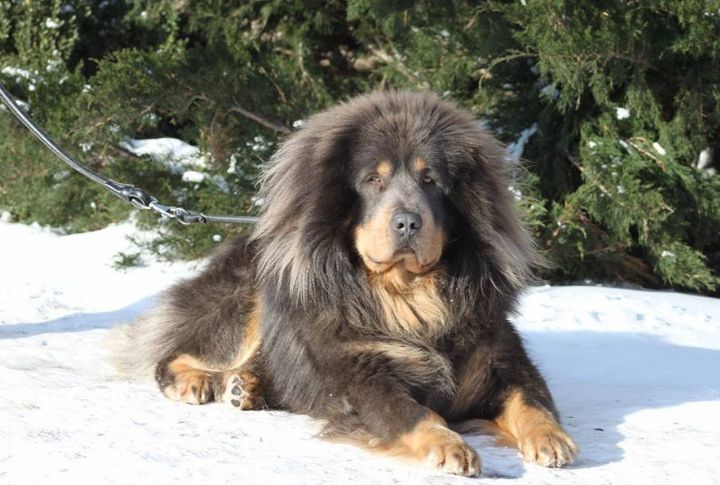
Slow to trust and discern; this guardian cautiously meets new faces. What seems like distance is measured awareness. They disregard attempts at friendliness, staying focused on unfamiliar behavior. That steady gaze isn’t passive—it’s protective, ensuring nothing threatening slips past their quiet, deliberate assessment.
Audible Presence With Purpose
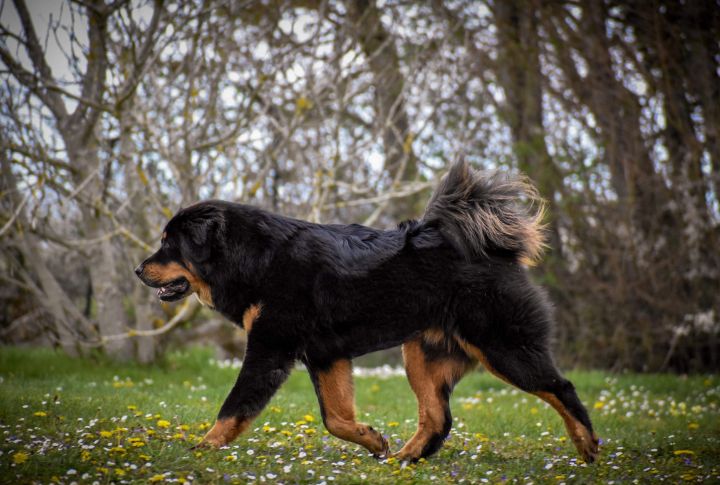
No, they won’t yap because a deep, resonant bark rolls across open land and gets noticed faster. Historically, it was used to guard castles and isolated settlements, and that sound alone is often enough to alert owners. It functions as a living alarm system shaped by generations of protection work.
Enduring Physical Vigilance
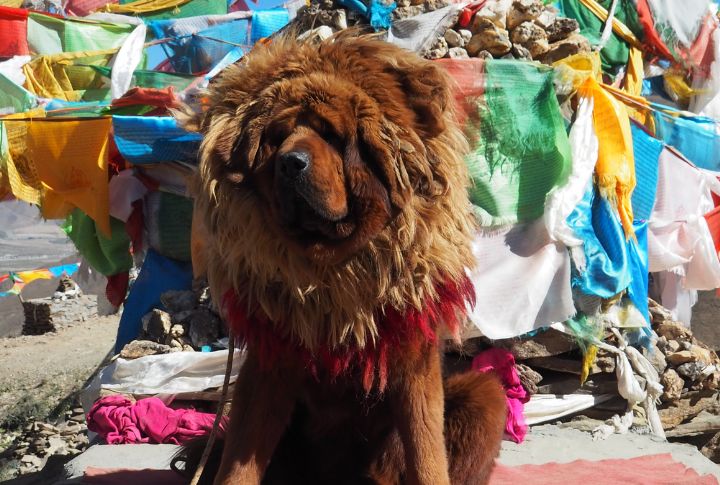
Tibetan Mastiffs are known for their remarkable physical strength and stamina. Instead of sprinting, they excel at covering long distances, making them ideal for patrolling large properties. Their powerful build and steady pace allow them to guard their territory without getting tired.
Guarding Above All Else

Tibetan Mastiffs aren’t the type to play fetch or join in on family games. Their focus is on guarding, not socializing. With centuries of instinct built into their DNA, they excel in protecting territory, where presence and dominance matter more than playfulness.


